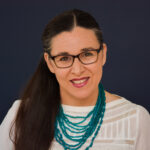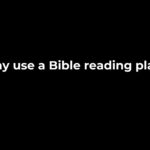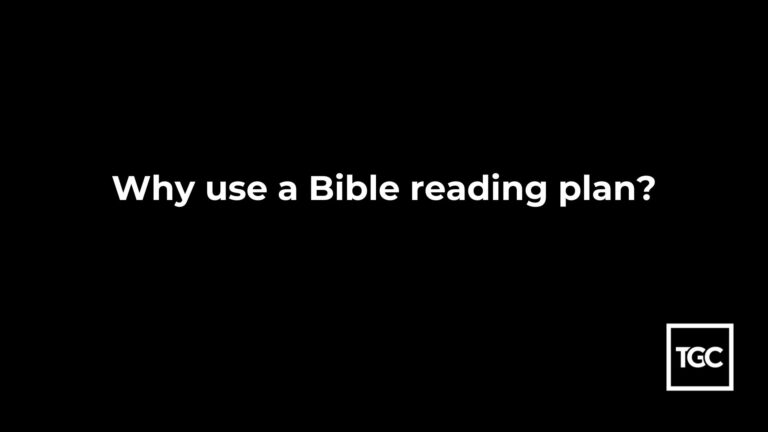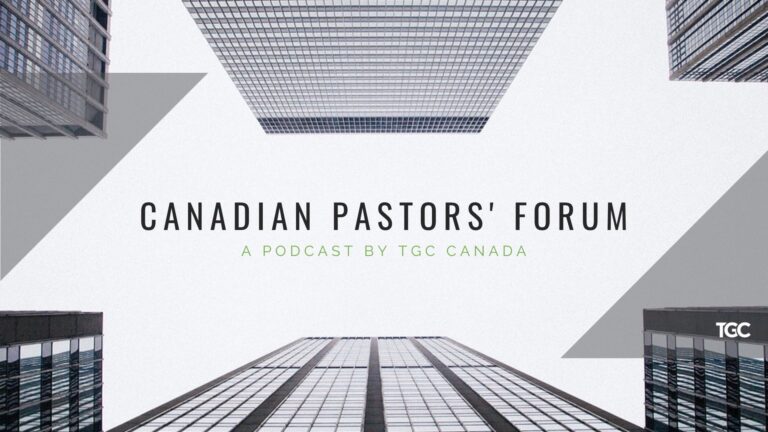I began reading the Bible for myself as a 12-year-old. I had read parts of the Bible before as a younger child and had even memorized Romans 12 as a 9-year-old boy for camp, but I had never attempted to read through the whole Bible before the summer of 1986.
It didn’t go particularly well.
I remember really enjoying Genesis and most of Exodus but things came to a crashing halt once I encountered the strange and impenetrable world of Leviticus. For the next several years I stuck largely to the books and letters of the New Testament.
I was 18 years old before I ever managed to complete the whole Bible in a year. I was amazed to realize how many stories and concepts I had never encountered before, even though I had spent my whole life in the church. There are certain passages you might hear read or taught from the pulpit multiple times in a year in a typical evangelical church: the story of the woman at the well, the story of the prodigal son, the parable of the Good Samaritan, the Old Testament story of Jericho, David defeating Goliath, Moses parting the Red Sea – but you could live for a thousand years in many churches and never hear anything about the night visions in Zechariah, Jeremiah’s rotten underwear, Ezekiel’s prophetic theatre or Asa’s terrible attitude later on in life. It was finding hidden gems like those that kept me coming back for more, year after year after year.
Reading The Bible “Fast”
I’ve been hooked on “fast” or “whole Bible reading” since then, but I only began to use the RMM (Robert Murray M’Cheyne) Bible reading plan in 2012. There are a number of really good whole Bible reading plans out there, but I like the RMM plan for a couple of reasons. First of all, it doubles up on the Psalms and New Testament in every annual cycle. The essence of the RMM plan is that over the course of a calendar year you read 4 chapters a day and that puts you through the Old Testament once and the Psalms and New Testament twice. I like that pace and that balance, but some people find it a little too much. I have friends that use the RMM but don’t double up on the Psalms and New Testament – when they hit those chapters again in the second half of the year, they just skip over. That’s fine too, but, as I said, I like the pace and I like doubling up on my favourite portions.
I also like the discipline of being in 4 different places in the Bible every morning. The RMM plan is built around a 4-column system. On January 1st, for example, it will have you reading Genesis 1, Matthew 1, Acts 1 and Ezra 1. That’s perfect for me! I love being reminded of the various genres and storylines that all eventually land and climax on Jesus Christ.
If you want to learn more about the RMM Plan see here.
If you want to listen to books of the Bible read and explained, verse by verse and chapter by chapter see here. I know a lot of people who read two chapters a day and listen to two chapters via one of the multitude of Bible reading apps and programs that are available.
Reading The Bible “Slow”
While I love the discipline of making a “fast” run through the entire storyline of the Bible every year, the greatest harvest for me, spiritually speaking, comes out of my “slow” reading.
Every year I identify a handful of books of the Bible that I will sit, study and stew in. Last year it was Ezra, Zechariah, 2 Timothy and Titus. I use a note taking program called Scrivener that allows me to organize and store all my reflections and insights for future use and recall. I will typically read 3-5 commentaries on each book and then will try and create chapter summaries as well as overviews of the structure and general outline. This work usually culminates in the releasing of an Into The Word series where I share my gleanings with others. You can find the Ezra series here; the Zechariah series here; the 2 Timothy series here; and the Titus series here.
There is something transformative about soaking for an extended period of time in a single book of the Bible. The story gets inside you in a way that it just doesn’t when you are reading 4 chapters a day. There is also something special about the use of commentaries. Reading a commentary is like reading a book of the Bible with an older and more mature Christian friend. You benefit from their insights and perspectives and you are forced to wrestle with difficulties that you might otherwise skip over.
Of course, it is very important to choose your reading companions wisely. Many commentaries undercut faith by their overly critical approach. A commentary that caters to the prevailing mood of the academy is unlikely to feed and nourish a hungry soul. I’ve found the Tyndale Commentary set to be a reliable and accessible guide to both Old and New Testament books of the Bible. I’ve also enjoyed using The Bible Speaks Today – edited by Motyer and Stott. I tend to read at least one of those commentaries each time I make my way slowly through a book of the Bible. I will supplement that with a few more technical commentaries, but my richest soul harvest very often comes from those more devotional works.
If you have never read a commentary on a book of the Bible, allow me to recommend a few of my absolute favourites:
- Francis Andersen on The Book of Job
- Joyce Baldwin on The Book of Zechariah
- John Stott on Acts
- Edmund Clowney on 1 Peter
Whether you decide to read the Bible “fast”, “slow” or both in 2023 I pray that the Lord richly blesses you throughout the process. I have never regretted the time I’ve spent studying God’s Word. It has never failed to build me up, break me down and move me closer – by one degree of glory to the next – toward the image and likeness of Jesus Christ, which is the work of the Spirit, thanks be to God!
Pastor Paul Carter
If you are interested in more Bible teaching from Pastor Paul you can access the entire library of Into The Word episodes through the Audio tab on the Into the Word website. You can also download the Into The Word app on iTunes or Google Play.
















